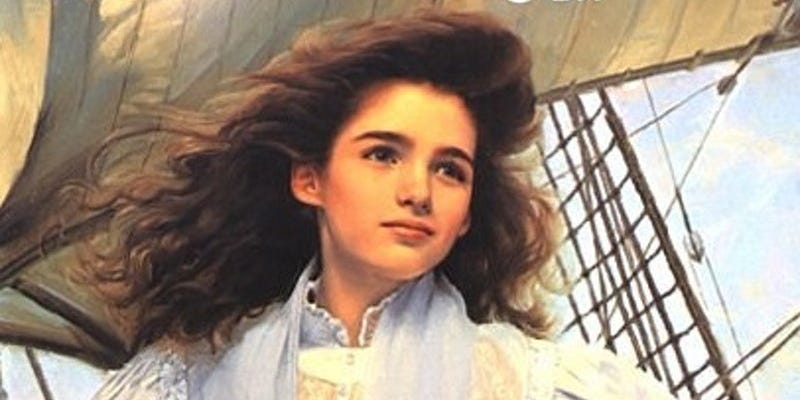
Dear Friends,
When I am asked to recommend books with girl protagonists, I’m always more comfortable doing so when I know my audience. Some folks have very strong feelings about which virtues and which behaviors should be modeled for girls as opposed to for boys, including in fiction. And of course, I always want to honor parents’ own best judgment about what is appropriate for their own children to read.
My personal view, however, is that virtues aren’t restricted by sex, and I like to see strong girls and strong boys as well as gentle girls and gentle boys modeled in literature. That’s not to say that there are not behaviors and virtues that tend to be noted more or even experienced more often in women or more often in men, but I don’t think that such things affect or define sex (biology does that).
My own experience is that virtues commonly considered masculine — for example, strength — are also often found in women, though perhaps in less-appreciated ways. I remember, for example, dissolving into laughter the day after giving birth for the first time when, while sitting in the hospital holding my baby, I remembered the historical idea that women were “weak.” Weak? The ones who give birth?
Such foolishness! Women have their own strength.
It works the other way, as well. For example, though gentleness is often considered a feminine virtue, a strain of gentleness in a man is one of the greatest of masculine gifts. It is, in fact, one of the fruits of the Holy Spirit, and so is something that is certainly appropriate for both sexes! In a man, gentleness is the choice to use masculine strength and stability to tenderly provide and care for those who are vulnerable rather than to abuse them. The ability to treat all with courtesy and care is one of the hallmarks of a gentleman.
Moral courage, the virtue that has been most on my mind in the past year, is another good example. This kind of courage, which can be displayed via humility, steadfastness, forebearance, resistance, insistence, obedience, fidelity, and in so many other ways, is something that we see in both men and women and across many different kinds of personalities.
Yet in children’s literature, sometimes there is a fad of prioritizing one type of girl (or boy) over another. (And in terms of boys, don’t miss our post on outstanding boy protagonists!) When I was a kid, for example, most new books with girl main characters featured tomboys and rulebreakers, to the exclusion of other kinds of girls. I really enjoyed these books, and I still think they are great. But books with stereotypically feminine protagonists — let’s call them girly-girls for the sake of this post, even though that’s not the ideal term — were harder to come by.
In reality, both girly-girls and tomboys are girls, and both have a lot of great things going for them.
Girls who climb trees while wearing pants, like this one:
…are wonderful girls, as are girls who wear white dresses and step daintily, often while dreaming of romance:
We don’t need to tell girls that only one or the other is acceptable.
What the tomboy and the girly-girl — and to be honest, often these are the same girl, only on different days! — is that when they are nurtured well, they can both walk through their worlds like bright flames of light, being true to their own particular personalities while also bringing their virtues and strengths to the world.
And that is what each of the six girl protagonists whom I wish to highlight for you today do in each of their stories, albeit in different ways. (And if you didn’t catch my post on outstanding boy protagonists, be sure to check it out!)
Let’s get started with one of the best, a girl who is first a rascal, and then lady (but never a dull one!): Katy Carr.
Katy
In the What Katy Did trilogy.1
Katy Carr is highly reminiscent of Anne of Green Gables, a girl who is always trying to do right but has such spirit that she very often does wrong. She gets herself into many a scrape in the first book of the series, but does not yet have the moral perspective (which Anne, in some ways, does have) to see where she went wrong. Halfway through the book, that begins to change, as Katy learns a new way of looking at the world and behaving in it that keeps her spark but adds a more outward-looking sort of maturity.
The scrapes don’t end, but the love and self-control grow greater throughout the series. The second book is perhaps my favorite — who could forget Katy’s determination to “live down” a false accusation, of the Christmas box she and Clover receive at school, packed to the brim with flower and delicious “jumbles!”
Charlotte
In The True Confessions of Charlotte Doyle.
In an alternate evolution from Katy Carr’s, Charlotte Doyle starts out a very proper lady and ends up rather a swashbuckling one. I won’t give too much away here, but over the course of a sea voyage, Charlotte finds herself forced for moral reasons to turn from her early friendship with the ship’s captain (she is a passenger) toward an alliance with the crew as a result of the captain’s cruel behavior toward them. I can’t think of a more exciting tale, nor a more surprising one.
Emily
In the Emily of New Moon trilogy.
Emily of New Moon is an orphan girl who goes to live with her maiden aunts in late-nineteenth-century Canada. One aunt is strict and stiff; the other warm and friendly; and Emily herself is a mix of the two — she is as determined as her Aunt Elizabeth, but as romantic as her Aunt Laura.
As she moves through childhood along with her dear friends, the misunderstood firebrand, Ilse, and the dreamy but burdened Teddy, Emily’s goal is always before her: to “climb the Alpine path” and become a published writer. While her determination and loyalty to her dreams takes her far, she also discovers some things she did not expect — for example, that Aunt Elizabeth’s strictness is not a lack of love.
An idealist at heart, Emily learns over time to live within the real world without sacrificing her hopes and talents.
Heidi
In Heidi.
Heidi is one of those classic stories that has been so changed through film adaptation that the original narrative has largely been lost. You will not regret revisiting Heidi in the novel itself, however; as with A Little Princess and other highly-adapted stories, the original Heidi is a complex narrative that covers many years and a whole girlhood’s worth of growth and experience. Heidi herself is a girl who exemplifies moral courage and sense of self even as forces outside of her control — her orphanhood and her various guardians over time, for example — act upon her. She brings out the best in others through her interior fortitude and fidelity to her own high standards.
Claudia
In From the Mixed-Up Files of Mrs. Basil E. Frankweiler.
Claudia convinces her younger brother to run away with her and live in New York’s Metropolitan Museum of Art.
I’m not sure I need to say more after that! My goodness, what could be a better flight of imagination? They take their baths in the fountain, join school groups for lunch in the cafeteria, and sleep in one of the ancient beds on display — all while trying to solve the mystery of a certain statue.
Claudia is clever and organized but, at heart, has a deep longing for meaning. In the end, she finds something different than what she expects.
Myrtle
In the Myrtle Hardcastle Mysteries series.
“I like that Myrtle’s not one of those kid detectives who can do anything,” says my twelve-year-old daughter, who suggested Myrtle for this post. “She is limited by being a kid, but she manages to do what she needs to do anyways.” Even though the idea itself of the kid detective solving a murder is a little fantastical, kids will appreciate that Myrtle Hardcastle is very much like a real kid in many ways, says my daughter. She’s not Nancy Drew, who is really a grown-up, or the Boxcar Children, who never quarrel.
I love the tidyness of the Boxcar Children, and my kids have enjoyed Nancy Drew, too, but sometimes you need something a little different. Myrtle’s adventures offer excitement in spades but is also a character with whom ordinary children can identify. Huzzah for Myrtle!
(I haven’t read the Myrtle books, but my daughter and her friends have devoured them, and I trust their judgment!)
Your turn!
Who are your favorite girl protagonists?
What do you think of the girls and books mentioned in this post?
What is your favorite book to give to children or read aloud to children?
Have a wonderful week!
The book links in this post go to my affiliate shop at Bookshop.org. When you purchase from my shop, you help support my work. Thank you!





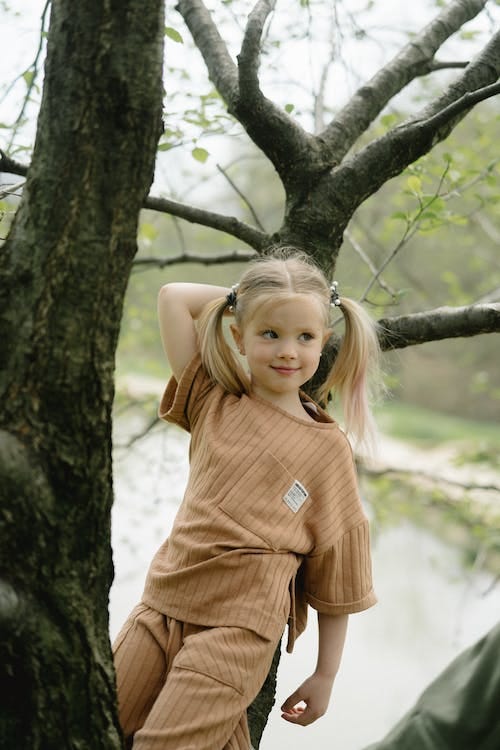

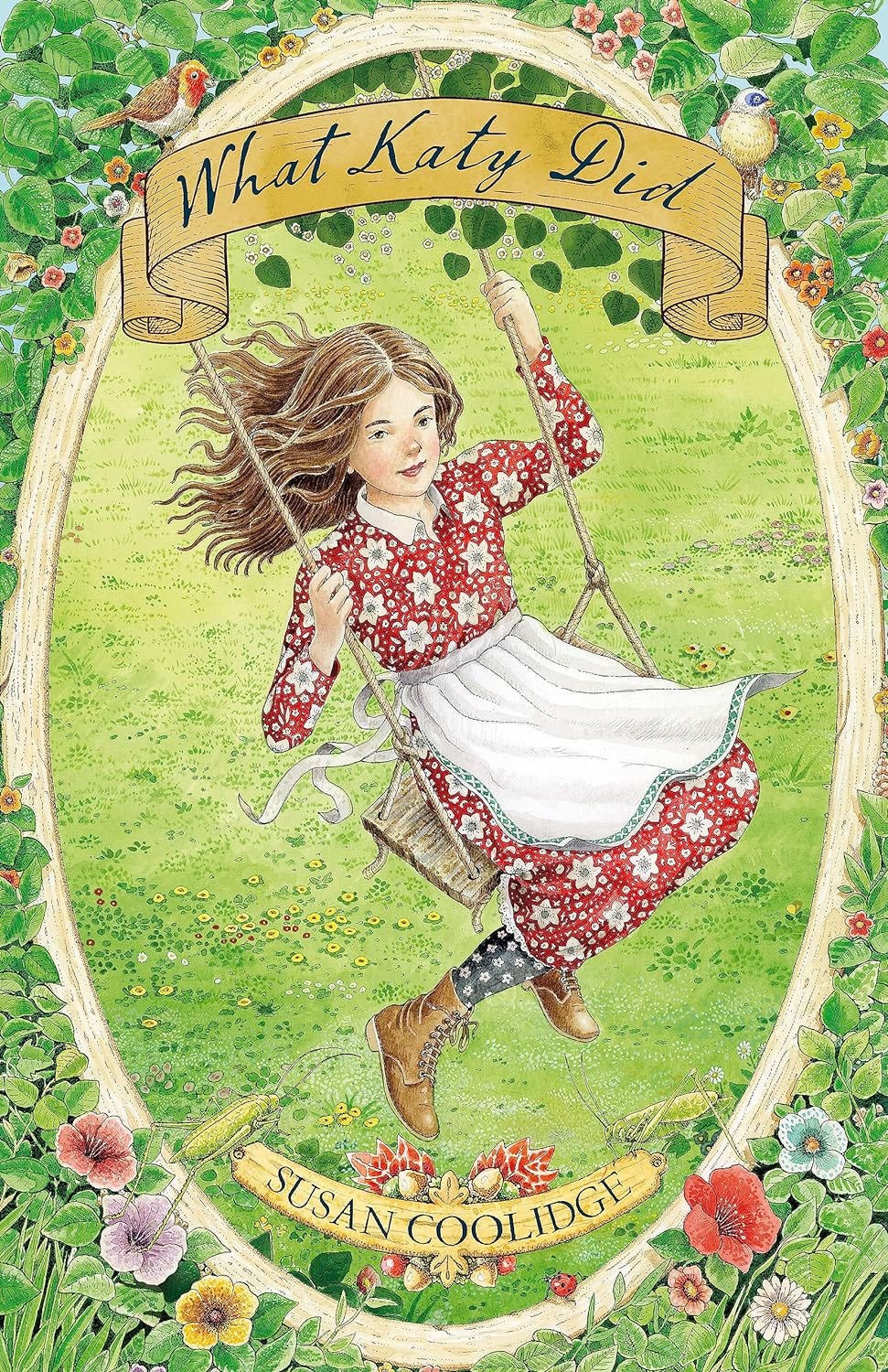
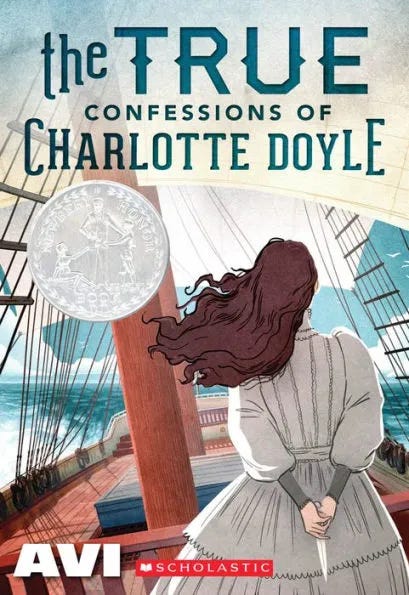
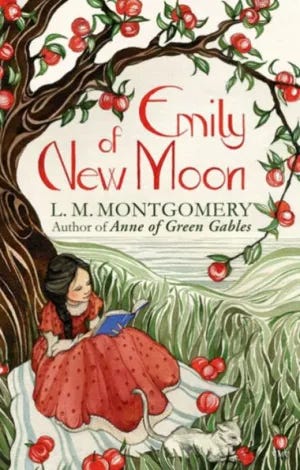
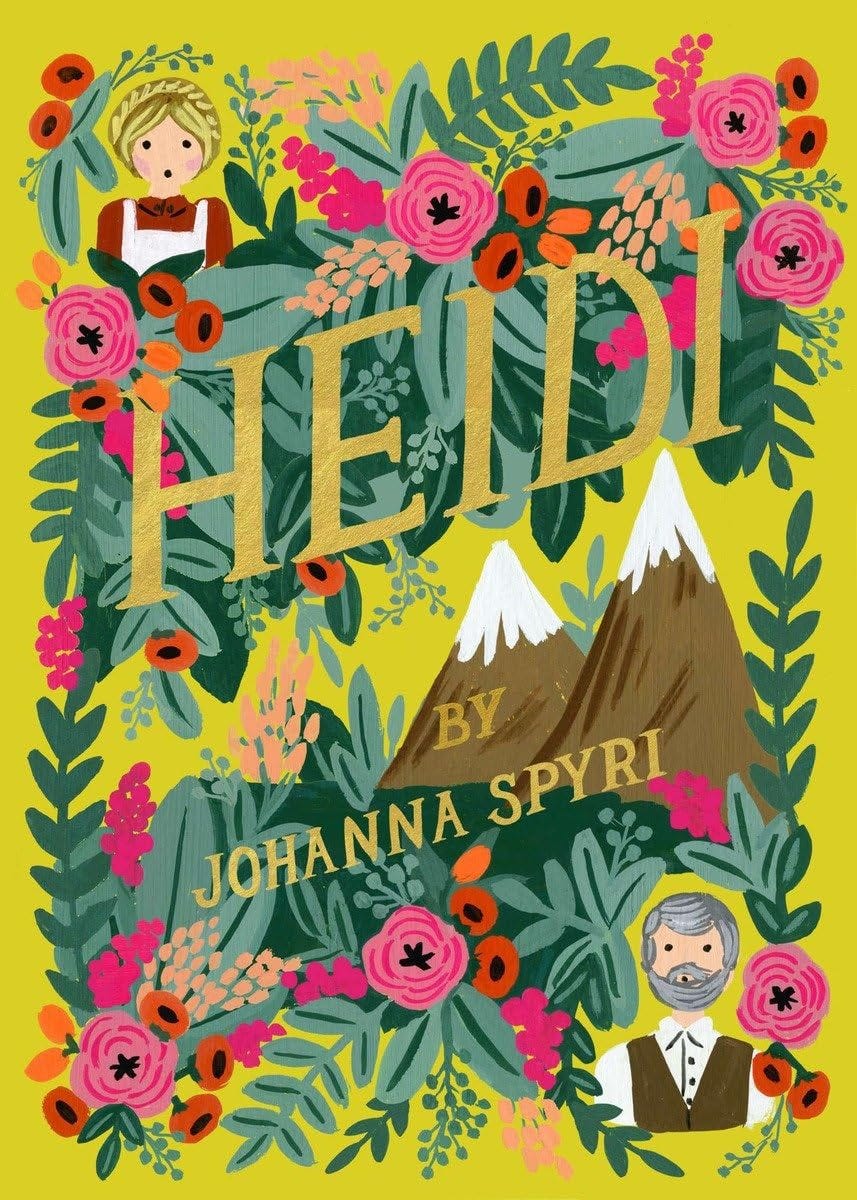
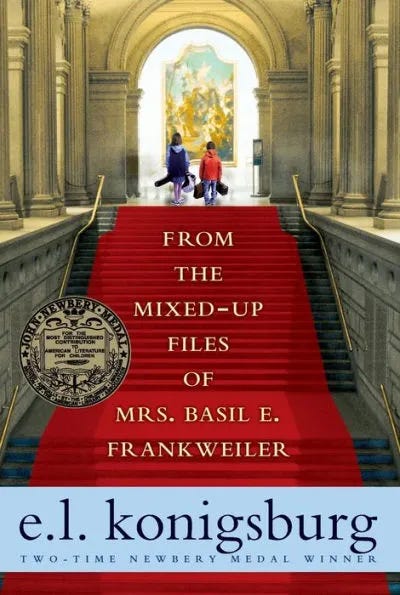
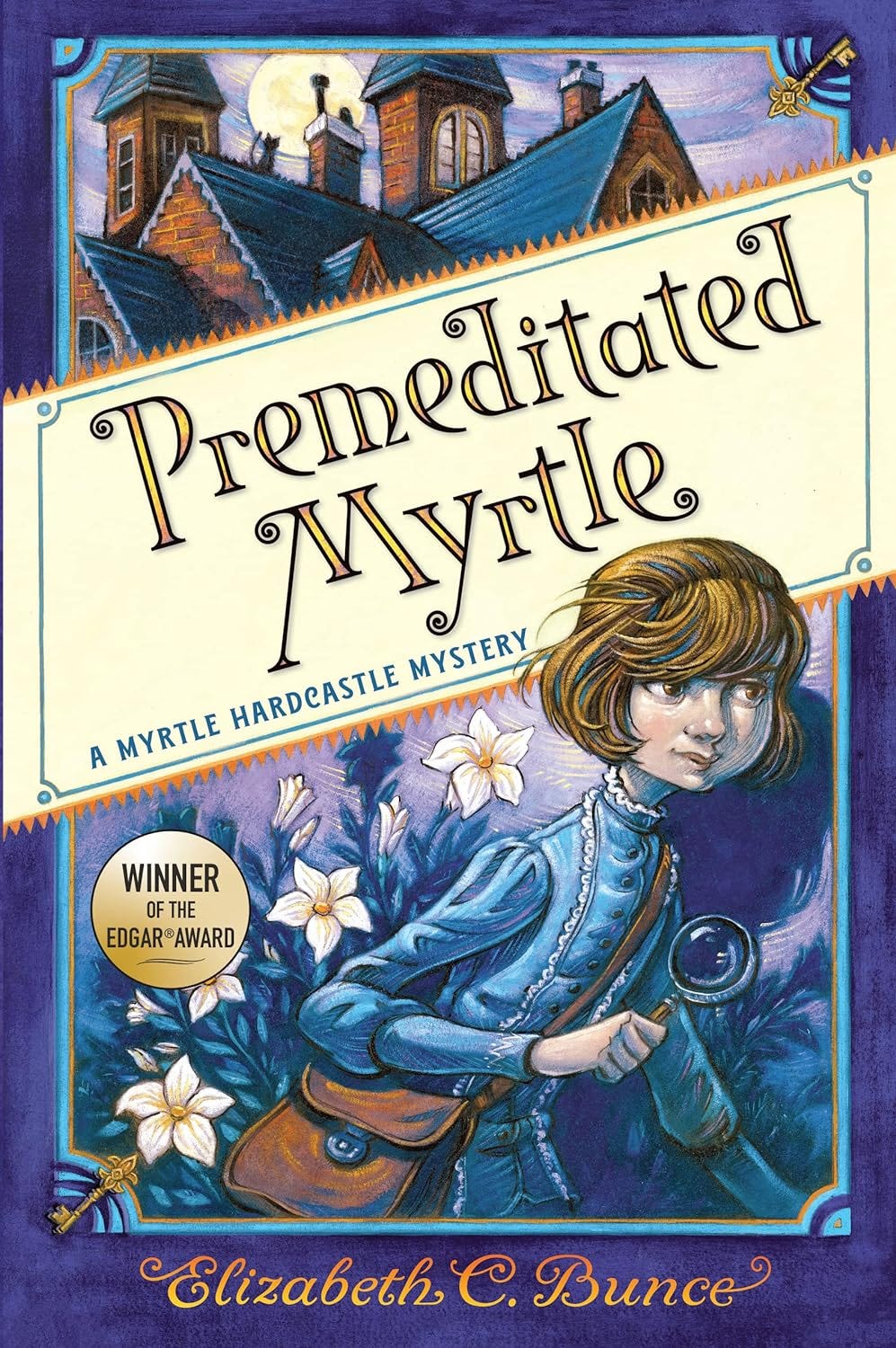
I actually haven't read most of these! I might be adding them to my TBR for some middle grade adventures :) I will say that perhaps my favorite (though maybe the least known?) of the L.M. Montgomery books is "Magic for Marigold". She is such a delightful, spunky girl, and the family dynamics and quirks are hilarious.
Other favorites are definitely "Caddie Woodlawn", "All of a Kind Family"
I loved the Ramona books, mainly because I was a Beezus and my little sister was a Ramona and I liked how Beverly Cleary made me laugh at Ramona. I could laugh at my sister, instead of getting mad at her. Taking me outside myself and my frustration was helpful, and they made my daughter laugh, too. I also loved Little Women, I wanted to be Jo but thought I was Meg and I loved how the sisters loved each other. As an adult, I went back and was really impacted by Marmee and how she mothered her girls so well. And one more girl recommendation, Lucy in The Lion, the Witch and the Wardrobe. Her heroism and ability to forgive her brother impacted me deeply.